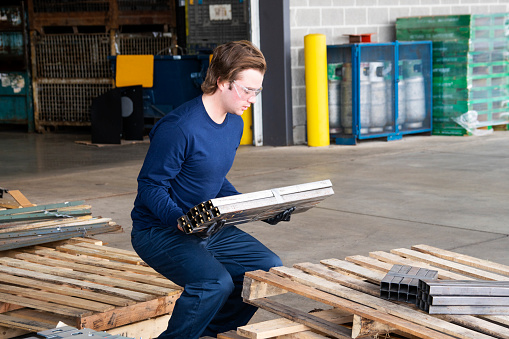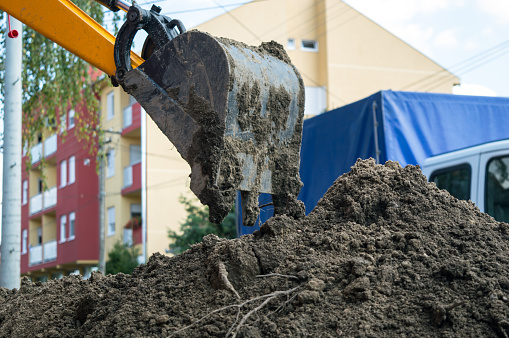Preventing Work Injuries in Manufacturing with Ergonomics

Workers in Massachusetts and Rhode Island can sustain painful and debilitating injuries, especially those who work in manufacturing. Through the use of ergonomics, employers can help create a safe work environment while reducing the injury rate among their employees.
Ergonomic Danger Signs
Ergonomic-related repetitive-stress injuries can cover a wide range. Some examples of injury-causing postures and movements that are common among those who work in manufacturing include:
- Arms above the head: This can create several issues, including muscle spasms, shoulder strains, and shoulder inflammation.
- Twisting back: Any movement beyond 35 degrees of rotation can cause muscle strains, disc herniation, or bone spurs.
- Forward bending: The simple task of bending down to pick something up can cause pressure and stress on the lumbar spine and back musculature.
- Non-neutral wrists: Bending wrists decreases grip strength and can cause issues such as carpal tunnel syndrome.
- Frequent kneeling and squatting: Can lead to osteoarthritis or bursitis in the knees.
Ergonomic Corrective Actions
The risks associated with repetitive motion tasks are pretty straightforward. So are some of the solutions, according to EHS Today, a monthly occupational safety and health magazine:
- Arms above the head: Lower tasks through engineering or equipment that will accommodate working in the employee’s power zone (between mid-thigh and mid-chest height), where the worker can lift the most weight with the least amount of effort.
- Twisting back: Redesign the work area to best accommodate the task or train employees to turn their whole body instead of just their upper torso when moving materials.
- Forward bending: Lower workstations, utilize equipment, or change/redesign tools.
- Non-neutral wrists: Redesign of work area, as well as education and additional training for workers.
- Frequent kneeling and squatting: Identify tasks that pose a risk, redesign the work area to raise it up (if possible), and fit employees with knee pads.
Employers should be proactive about ergonomics in the workplace and collaborate with their employees to identify and address health-related issues. They should also establish safety training programs to minimize the risk of injuries.
Pursuing Workers’ Comp Benefits
Injured workers have the right to seek workers’ compensation benefits, but the process of obtaining them isn’t always as easy as it should be. Often, those who suffer an on-the-job injury have trouble navigating the system and don’t end up with the benefits they deserve.
At The Law Offices of Deborah G. Kohl, we provide individual attention to injured workers in Rhode Island and Massachusetts. We know how the workers’ compensation system works, and we can guide you throughout every step in the process. Whether you’re not sure how to file for workers’ comp benefits or you need to appeal a denied claim, our law firm can aggressively advocate for your best interests and work to get the best possible outcome in your case.
If you sustained a workplace injury, schedule a free case evaluation with an experienced workers’ compensation lawyer from our law firm to get a clear understanding of your legal rights and options.
Our law firm has been fighting for injured workers in Rhode Island and Southeastern Massachusetts for decades.
Contact us today to see how we can help you.

